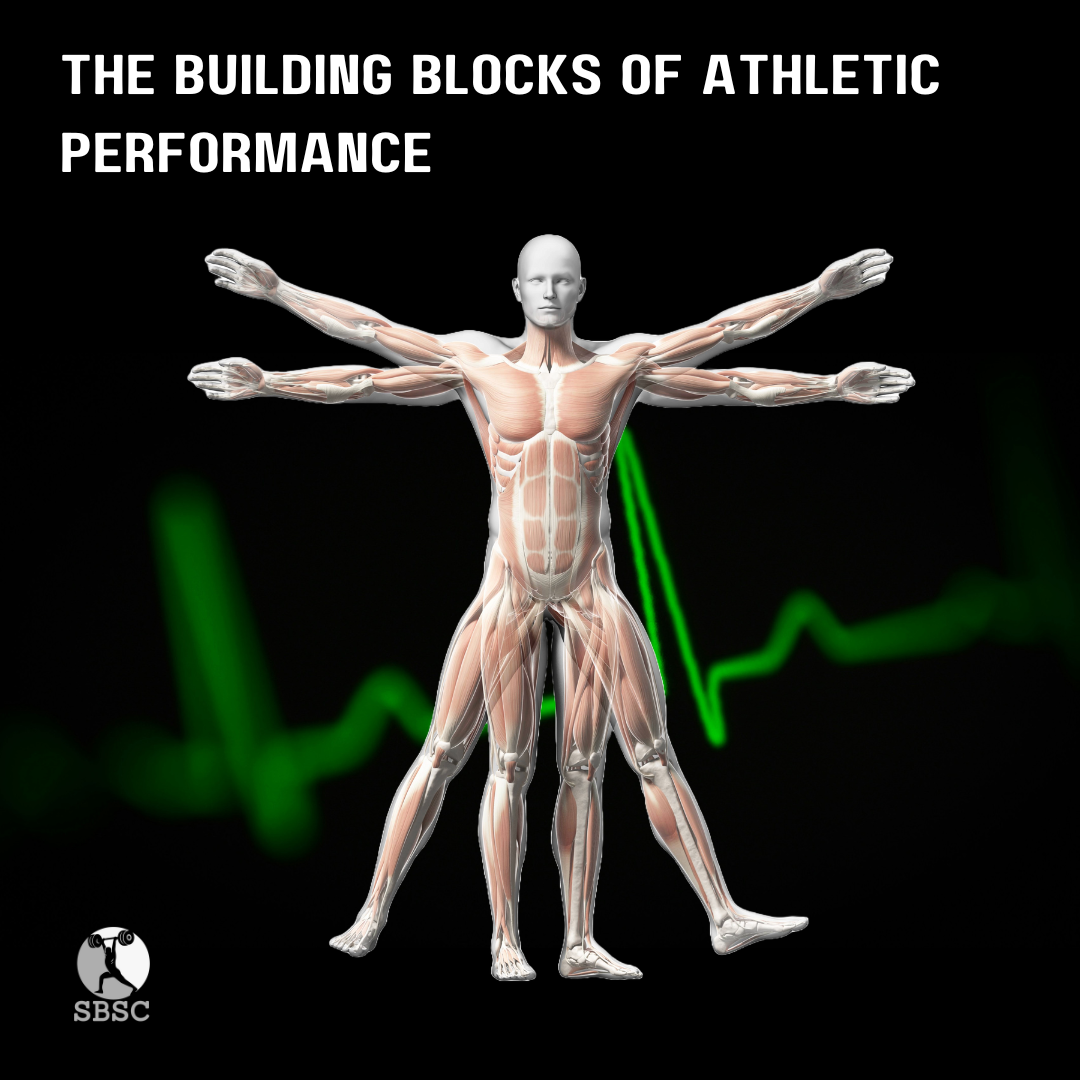7 Things You Can Do Right Now to Improve Your Athletic Performance
Athletic performance is a combination of physical, mental, and lifestyle factors. It’s not just about what you do in the gym or on the field but also about how you recover, fuel your body, and approach your training.
No matter where you are in your athletic journey, you can take steps to enhance your performance. Here are seven practical, research-backed strategies that can help you elevate your game today.
Let’s break it down and see where you can start...
Focus on Sleep Quality
Why it matters: Sleep is when your body recovers and repairs. Studies have shown that athletes who don’t get enough sleep have reduced reaction times, diminished endurance, and a higher likelihood of injury. A study from Stanford University found that basketball players who increased their sleep to 10 hours per night had faster sprint times and improved shooting accuracy by 9% (Mah et al., 2011).
Action step: Aim for 7-9 hours of sleep per night. Establish a consistent sleep schedule, avoid screens before bed, and create an environment conducive to deep rest. Take short naps after intense training sessions to aid recovery further.
Hydrate, Hydrate, Hydrate
Why it matters: Hydration is crucial for regulating body temperature, lubricating joints, and delivering nutrients to cells. Dehydration as little as 2% of your body weight can significantly impair performance, affecting strength, power, and endurance (Sawka et al., 2007). According to a study in the Journal of Athletic Training, athletes who were even slightly dehydrated were less able to regulate heat and more likely to suffer from heat exhaustion or heat stroke.
Action step: Stay ahead of dehydration by drinking water consistently throughout the day. A good rule of thumb is to drink at least half your body weight in ounces of water daily, and more on training days. Sports drinks with electrolytes can be beneficial during long or high-intensity workouts to replenish lost sodium and potassium.
Prioritize Proper Nutrition
Why it matters: The food you eat fuels your workouts and supports recovery. The International Society of Sports Nutrition recommends that athletes consume a diet rich in whole foods, balanced across macronutrients (protein, fats, and carbohydrates). Studies have shown that consuming protein within 30 minutes to 2 hours post-workout can significantly aid muscle repair and growth (Kerksick et al., 2017).
Action step: Focus on nutrient-dense foods. Lean proteins like chicken, fish, and plant-based sources provide essential amino acids for muscle recovery. Healthy fats, such as those found in avocados, nuts, and olive oil, support hormone production and brain function. Carbohydrates from whole grains, vegetables, and fruits provide the energy needed for training and competition.
Master the Fundamentals of Strength Training
Why it matters: Strength training isn’t just about building muscle—it enhances overall athleticism, reduces injury risk, and improves functional movements required in most sports. According to a study in the Journal of Strength and Conditioning Research, athletes who participated in regular strength training saw improved sprint times, jump height, and agility (Cormie et al., 2010).
Action step: Incorporate compound lifts like squats, deadlifts, and presses into your program, as they recruit multiple muscle groups and develop full-body strength. Utilize progressive overload by increasing weight, reps, or sets over time to continually challenge your muscles.
Enhance Mobility and Flexibility
Why it matters: Mobility allows athletes to move through their full range of motion without discomfort, while flexibility ensures that muscles and connective tissue can lengthen effectively. Research has shown that limited mobility and flexibility are correlated with higher injury rates, especially in high-intensity sports (Hartig & Henderson, 1999).
Action step: Incorporate a mix of dynamic stretches before workouts and static stretches afterward. Foam rolling can also help release tight fascia, improving flexibility and circulation. Aim to spend at least 10-15 minutes on mobility work every day, particularly focusing on areas like the hips, shoulders, and ankles.
Focus on Mental Training
Why it matters: Mental toughness, focus, and resilience are just as important as physical preparation. According to a study published in The Sport Psychologist, mental training interventions such as visualization, goal-setting, and self-talk significantly improve athletic performance and increase confidence (Vealey, 2007). Another study found that mindfulness practices improved athletes' attention and stress regulation, which are crucial in high-pressure situations (Rooks et al., 2017).
Action step: Spend a few minutes each day visualizing your success in competition or practice. Try setting specific, measurable goals for both short- and long-term performance. Meditation and mindfulness exercises can help keep you calm and focused when it matters most.
Commit to Recovery
Why it matters: Recovery is where your body repairs itself and grows stronger. According to a review in Sports Medicine, active recovery can reduce muscle soreness and improve future performance, while overtraining can lead to injury and decreased performance (Barnett, 2006). Proper recovery also helps manage stress and prevents burnout, keeping athletes in the game for the long haul.
Action step: Incorporate active recovery such as light stretching, yoga, or swimming into your weekly routine. Use tools like foam rollers, massage guns, and ice baths to aid muscle recovery. Ensure your program includes rest days where you allow your body to fully recover before pushing it again.
Success as an athlete isn’t just about talent—it’s about showing up every day with purpose.
Here’s a challenge: take these seven strategies and make them part of your daily routine; every day for the next 21 days. It won't be easy, but I know you have the grit and determination to make it happen.
Start today, keep track of the changes, and I promise you’ll see the difference as you push your performance to new heights.
Stay focused, stay hungry, and keep pushing forward.
Dedicated to your success,
Sam
References:
Barnett, A. (2006). Using recovery modalities between training sessions in elite athletes: does it help? Sports Medicine, 36(9), 781-796.
Cormie, P., McGuigan, M. R., & Newton, R. U. (2010). Adaptations in athletic performance after ballistic power versus strength training. Journal of Strength and Conditioning Research, 24(7), 1797-1808.
Hartig, D. E., & Henderson, J. M. (1999). Increasing hamstring flexibility decreases lower extremity overuse injuries in military basic trainees. American Journal of Sports Medicine, 27(2), 173-176.
Kerksick, C. M., et al. (2017). International Society of Sports Nutrition position stand: Nutrient timing. Journal of the International Society of Sports Nutrition, 14(1), 33.
Mah, C. D., et al. (2011). The effects of sleep extension on the athletic performance of collegiate basketball players. Sleep, 34(7), 943-950.
Rooks, J., Morrison, A. B., & Stawski, R. S. (2017). Mindfulness as a protective resource for athletes. Journal of Sports Psychology, 39(2), 187-195.
Sawka, M. N., et al. (2007). Exercise and fluid replacement. Medicine and Science in Sports and Exercise, 39(2), 377-390.
Vealey, R. S. (2007). Mental skills training in sport. In The Sport Psychologist, 21(2), 243-257.



